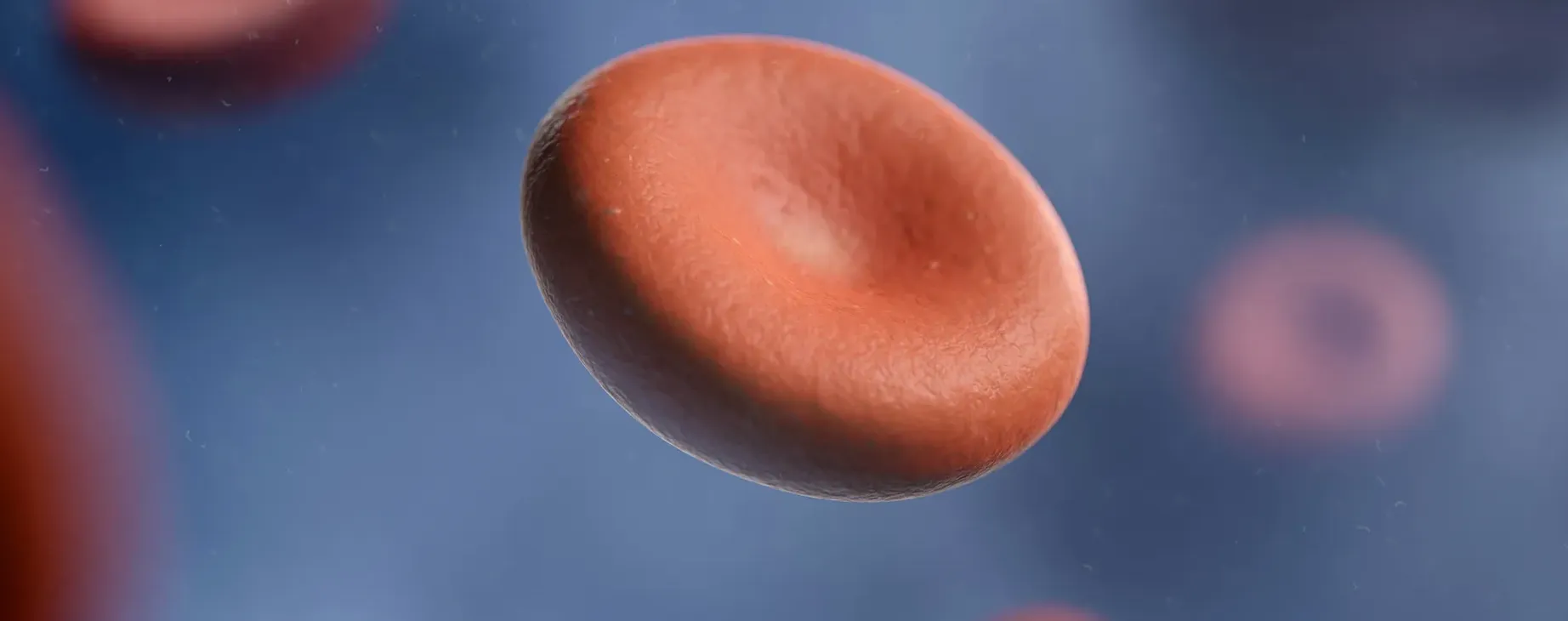Harnessing AI to Enhance Drug Safety While Keeping Human Oversight at the Core
In recent years, artificial intelligence (AI) has become a buzzword across the pharmaceutical industry — and pharmacovigilance is no exception. With increasing case volumes, stricter timelines, and mounting regulatory pressure, AI-based tools promise speed, efficiency, and scalability.
But what exactly can AI deliver in the context of drug safety? And what are its current limitations?
Where AI Adds ValueAI applications in pharmacovigilance are already making a measurable impact, particularly in ICSR case processing. Key benefits include:
- Automatic extraction of key data elements from both structured and unstructured documents (e.g., MedDRA terms, seriousness criteria).
- Narrative summarization using natural language processing (NLP).
- Pre-screening or triaging of cases based on product, reporter type, or seriousness.
- Assistance with duplicate detection, signal detection, and prioritization of follow-ups.
For example, platforms like Veeva Vault Safety.AI, Oracle Argus with AI modules, and NLP-based automation tools are already helping PV teams reduce manual workload while improving consistency.

What AI Cannot Replace (Yet)
Despite its growing capabilities, AI is not ready to replace experienced PV professionals. There are still clear limitations:
- Contextual judgment — Understanding clinical relevance, assessing causality, and determining expectedness still require human expertise.
- Interpretation of unstructured narratives — Many source documents include free-text details that AI cannot accurately parse without extensive training.
- Audit readiness and traceability — Regulatory authorities demand transparent and explainable processes; this is not always guaranteed with AI-driven systems.
- Ethical and medical decisions — AI cannot understand patient risk or exercise critical judgment like a trained safety physician.
Global regulators, including the EMA and FDA, support innovation but stress that qualified professionals must remain accountable for decisions made within PV systems. The UK’s MHRA explicitly stated in its 2021 guidance that AI-assisted processes must include human oversight and validation.
AI as a Force Multiplier
The most effective approach is human-AI collaboration. AI can automate time-consuming tasks, flag inconsistencies, and enhance throughput. Meanwhile, PV professionals focus on interpretation, compliance, and overall patient safety
As AI technologies continue to improve, they will likely become standard tools within pharmacovigilance operations. However, these tools will supplement — not replace — the human insight and decision-making that remain at the core of patient safety work.
“AI will not replace PV professionals – but PV professionals who know how to use AI might replace those who don’t.”
References:
- Veeva Systems. (2023). Vault Safety.AI Overview. https://www.veeva.co
- Oracle. (2024). Argus Safety with AI capabilities. https://www.oracle.com
- MHRA. (2021). Guidance on the Use of Artificial Intelligence in Regulatory Submissions. https://www.gov.uk/mhra
- EMA. (2022). Artificial Intelligence in the EU Regulatory Network. https://www.ema.europa.eu
- Sarker, A. et al. (2021). Natural Language Processing in Pharmacovigilance: Current Trends and Future Directions. Drug Safety, 44(2), 129–142.

